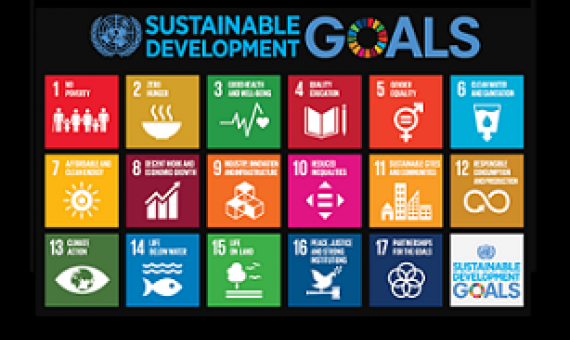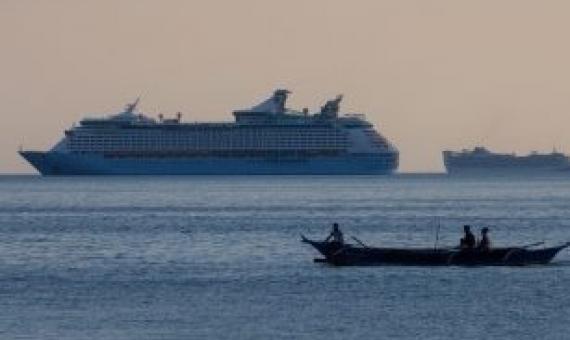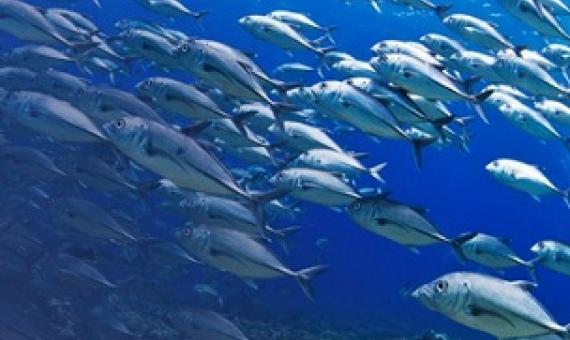Sustainable Finance for Asia and the Pacific: Protecting and Restoring Coral Reefs
The Asian Development Bank (ADB) and The Nature Conservancy (TNC) are focused on identifying innovative ways to effectively protect and restore critical ecosystems, such as coral reefs, in Asia and the Pacific. The need for funding and capacity to protect and restore coral reefs is too great to fill from any one source. The solution will require creative thinking and need to be multifaceted and diverse. The urgency of the crisis is too great to not invest now in identifying and developing innovative financial tools.












